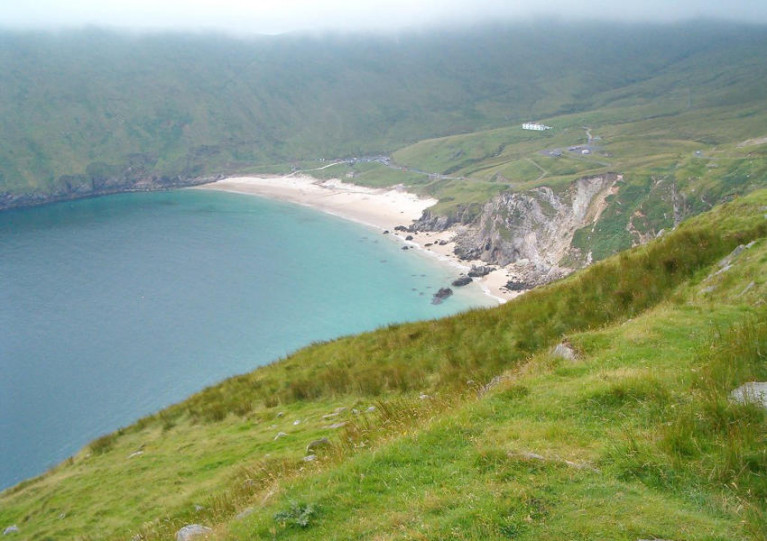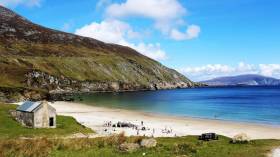Displaying items by tag: Keem Bay
Online Petition Calls on Mayo Council to ‘Save Keem Bay’
An online petition claims that “untold damage, both visually and physically” would be caused by development work at Achill Island’s Keem Bay.
The campaign behind the petition is appealing to Mayo County Council to U-turn on its plans for various infrastructure works for the Keem Bay ‘Signature Discovery Point’.
These would include a glass walkway protruding over the cliff overhanging the bay, as well as a path to the top and ‘traffic management’ works.
The petition says these proposals, despite having “objective of improving visitor experience, would threaten the very reason that Keem is one of the most beautiful places in the world”.
More than 2,000 people have already signed the petition, which can be found at Change.org.
Achill Island Beach Rated Among The Best In The World
Keem Bay on Achill Island has made the grade among the 50 best beaches in the world, according to a top travel website.
And as The Irish Post reports, the Co Mayo coastal beauty spot was ranked among the best even of that number, placing just outside the top 10 of Big 7 Travel’s selection.
Keeping company with the gorgeous turquoise waters of the Adriatic and eastern Mediterranean, the West Indies and other breathtaking tropical paradises, we think that’s good going for the Wild Atlantic Way.































































